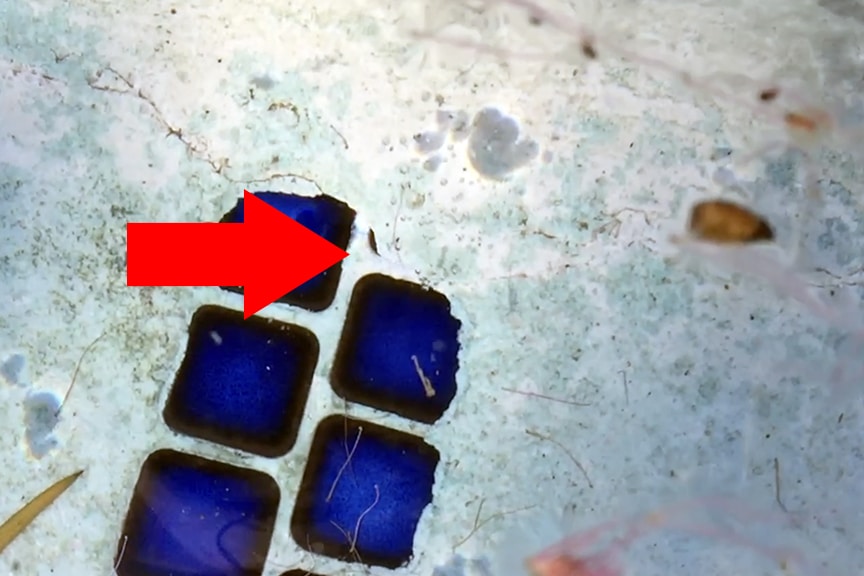(818) 436-2953

Avoid Rehydration When Performing Pool and Spa Leak Detections
When customers call for a leak detection, one of the first things we require is that the pool is filled and equipment t is running a few hours before we arrive, at very the least. There’s a big reason as to why, and that’s rehydration of the plaster.
When water drops in a pool or spa, the plaster on the shell dries out. One of the properties of plaster is that it will rehydrate when water covers it. It takes time to happen, and during the process, the air in the plaster escapes and makes a unique sound. It’s similar to that of a bowl of crispy rice cereal when milk is poured over it. The problem with rehydration, when performing a leak detection, is that’s the only sound you’re going to hear in the entire pool.
If a pool/spa combo has lost water in the spa, filling it to perform a leak detection is a must. Although the water loss is in the spa, the entire pool is going to reverberate the crispy sound. It is impossible to listen “static” with rehydration in effect.
A static pool environment means, all equipment is off and the pool is still. This allows for the only sound to be noticeable in the pool to be the sound of water escaping a leak. Whether in the shell, inside a return fitting, in the skimmer or down in a drain, that sound is easily audible using the PoolScope by LeakTronics; the goto piece of equipment in the Pro Complete Swimming Pool Leak Detection Kit. One thing that will hinder hearing those leaks clearly is a crispy crackling sound.
Have you ever spoken to someone on the phone who was standing outside in the wind? Yes, they’re talking, but all you hear is the whoosh of the wind passing by the mouthpiece on their phone. It’s much the same way with leak detection. To avoid interference from rehydration, it’s important to have your pool filled, and preferably circulating water, hours before the leak detection technician arrives.
“I called LeakTronics about my equipment,” shares Tim Kominski, a leak detection technician in South Florida. “I’d been using it for over a year with no surprises, it works perfectly, but this one pool I did had a noise I’d never heard. I thought the amplifier was crackling. I changed batteries, tried different hydrophones, it was all the same. Darren explained rehydration in the pool to me. I returned to the pool the following morning and the sound was gone.”
It’s a simple request to have the pool filled. The pressure of the weight of water is going to create the sounds made by leaks and will allow the technician to accurately identify the precise location of the leak. To find leaks, even in the upper bond beam area of a pool, the pool needs to be filled to its regular capacity. By doing this before the leak detection, you’re also taking out the potential for rehydration to prolong the time it takes to get the leak detection performed.
In Los Angeles and Ventura counties, the professional services of CalTech Leak Detection explain this process when a customer schedules an appointment for a leak detection.
CEO Darren Merlob shares, “We want to be accurate for our customers, and we have the necessary equipment and methods to find leaks fast. We ask all of our customers to have their pool filled and circulating before we arrive. This lets us get the job done for the customer right away so repairs can be made and water loss can be stopped.”
If you’re scheduling a leak detection, take note of the need for a filled pool and even if the company doesn’t request it on the phone, take the initiative to fill your pool before they arrive to get the fastest and most complete results from your leak detection.
For advice, information or scheduling a leak detection with CalTech Pools, call 818-436-2953.
For more information on the Pro Complete Swimming Pool Leak Detection Kit, or Certified Leak Detection Training, visit https://leaktronics.com today.
https://leaktronics.com/wp-content/uploads/re-ups-web-sized-pro-complete-new-case-500×333-1.jpg